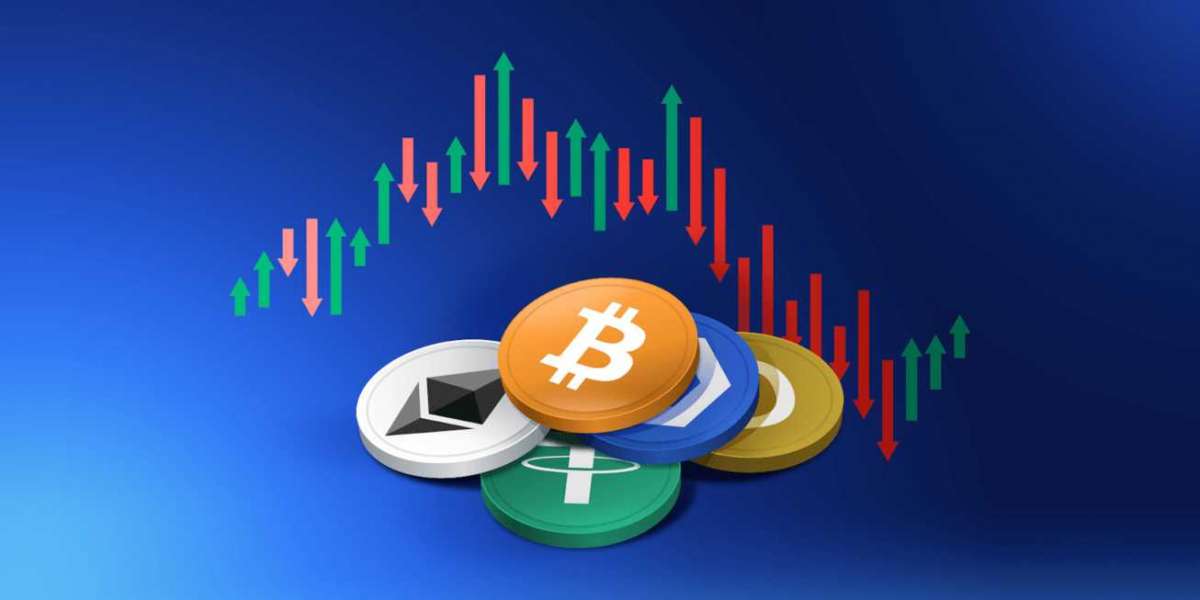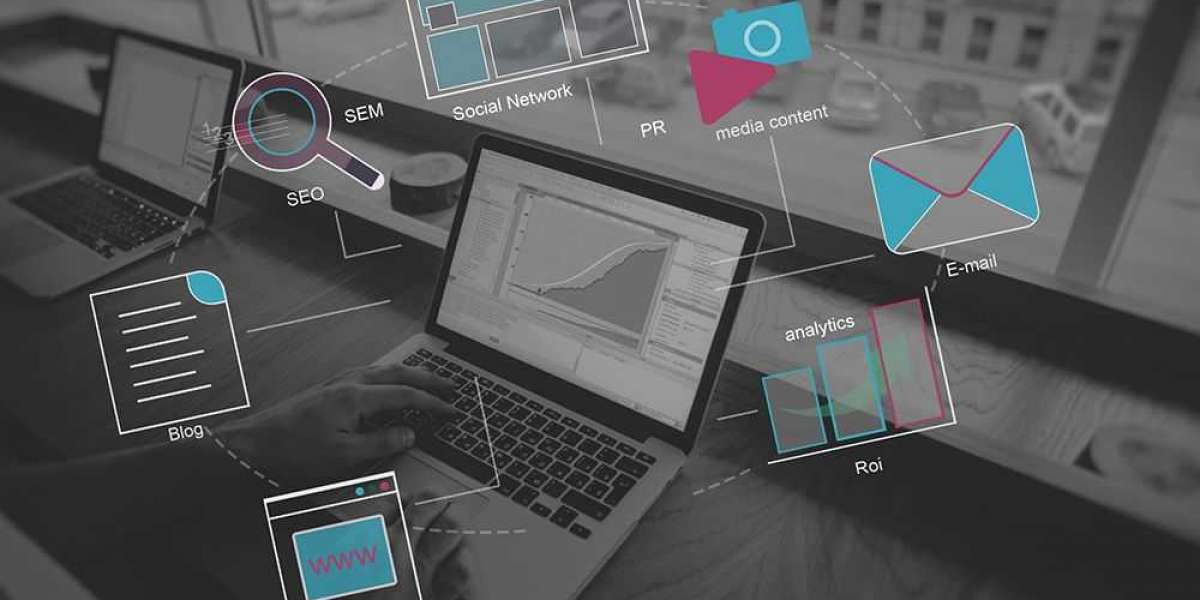Smart Biosensors: Revolutionizing Real-Time Health Monitoring
Introduction
In an era where technology and biology intersect, smart biosensors have emerged as powerful tools for continuous health monitoring, diagnostics, and disease management. These miniature devices can detect biological signals in real-time and transmit data for analysis, playing a key role in personalized medicine, wearable health tech, and point-of-care diagnostics.
What Are Smart Biosensors?
A smart biosensor is a compact analytical device that detects biological molecules or physiological changes, converts them into measurable signals, and transmits data wirelessly to a reader or cloud-based system.
Core components include:
Bioreceptor (e.g., enzyme, antibody, nucleic acid) to recognize the target
Transducer to convert biological response into an electrical signal
Processor to interpret the signal
Communication system (e.g., Bluetooth, Wi-Fi) for real-time data sharing
These biosensors can be integrated into wearables, implantables, patches, or even smart textiles.
Applications of Smart Biosensors
1. Chronic Disease Monitoring
Diabetes: Continuous glucose monitoring (CGM) devices detect blood glucose levels and alert patients to fluctuations.
Cardiac Health: ECG biosensors monitor heart rhythms and detect arrhythmias or abnormal heart activity.
2. Fitness and Wellness
Smartwatches with biosensors track heart rate, oxygen saturation (SpO2), sleep quality, and activity levels, enabling users to make data-driven health decisions.
3. Infectious Disease Detection
Portable biosensors detect viral or bacterial infections quickly (e.g., COVID-19 antigen tests), offering rapid results at the point of care.
4. Neurological Monitoring
Wearable EEG biosensors monitor brainwave activity to aid in epilepsy detection, stress analysis, or sleep disorders.
5. Cancer Diagnostics
Biosensors identify cancer biomarkers in blood or saliva at early stages, improving chances of successful treatment.
6. Drug Delivery and Therapy Monitoring
Smart biosensors monitor patient responses to medications in real-time and help personalize dosages.
Technological Innovations
Flexible Wearable Designs: Soft, skin-like materials enhance comfort and usability.
Wireless Data Transmission: IoT-enabled devices allow seamless communication with smartphones and healthcare systems.
Integration with AI Machine Learning: Advanced algorithms analyze biosensor data to detect trends, make predictions, and guide clinical decisions.
Lab-on-a-Chip (LOC): Miniaturized platforms perform complex lab tests on a single chip.
Advantages of Smart Biosensors
Real-time Monitoring: Enables continuous assessment rather than one-time snapshots.
Non-invasive or Minimally Invasive: Increases patient compliance.
Early Diagnosis: Detects disease markers before symptoms appear.
Remote Patient Monitoring (RPM): Supports virtual care and telemedicine.
Cost-Effective: Reduces the need for frequent lab visits and in-hospital testing.
Challenges and Considerations
Data Privacy: Ensuring secure transmission and storage of sensitive health data.
Regulatory Approval: Navigating complex medical device regulations (FDA, CE, etc.)
Sensor Accuracy: Maintaining consistency and reliability over long periods.
Battery Life Power Consumption: Especially important for wearable and implantable devices.
User Adoption: Educating both patients and providers about usability and benefits.
Future Outlook
The global smart biosensor market is expected to exceed USD 30 billion by 2030, driven by rising demand for personalized healthcare and advancements in biotechnology and electronics.
Future trends include:
Implantable biosensors for continuous internal monitoring
Multi-analyte detection for comprehensive health snapshots
Integration with digital therapeutics for automatic treatment adjustments
Environmental biosensors detecting exposure to pollutants or allergens
Conclusion
Smart biosensors are transforming the way we manage health by enabling real-time, personalized, and predictive care. As these devices become smarter, smaller, and more integrated with digital platforms, they will play an increasingly vital role in disease prevention, wellness tracking, and remote diagnostics—ushering in a new era of tech-enabled health








